ACCA F9 Financial Management - 2010 - Study text - Emile Woolf Publishing
Подождите немного. Документ загружается.

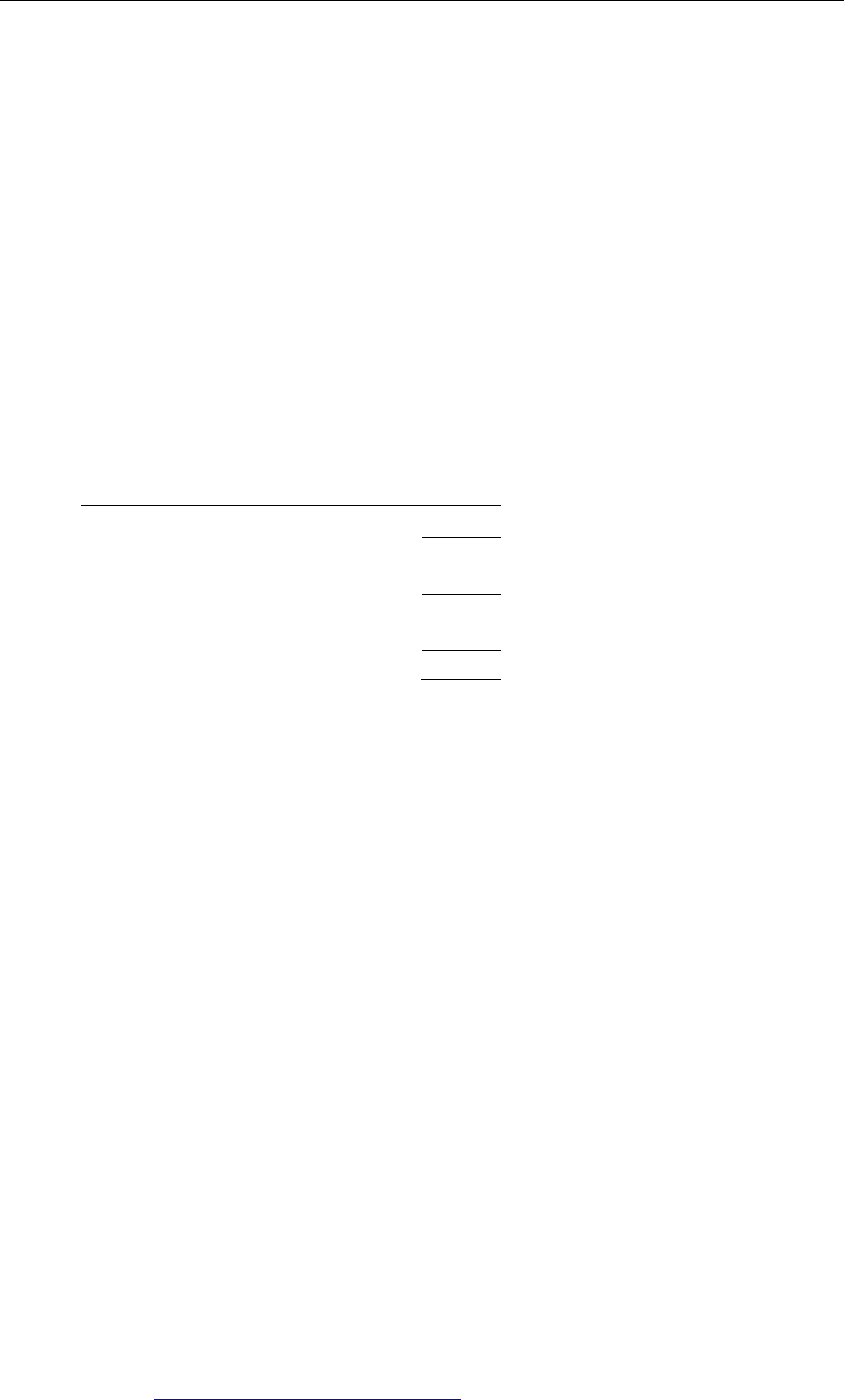
Practice questions
© EWP Go to www.emilewoolfpublishing.com for Q/As, Notes & Study Guides 465
Equityandliabilities
$0.50ordinaryshares 10.0
Accumulatedprofits 22.4
–
–––––––
Totalequity 32.4
10%Debentures 15.0
Currentliabilities
Tradepayables 15.1
Taxation 4.1
–
–––––––
19.2
–
–––––––
Totalequityandliabilities 66.6
–
–––––––
An income statement for the year to 30
th
November Year 6 is as follows:
$m
Sales 115.4
Profitbeforeinterestandtaxation 17.9
Interestpayable 1.5
Profitbeforetaxation 16.4
Tax(25%) 4.1
Profitaftertaxation 12.3
The company wishes to expand its production facilities to meet an increase in sales
demand for its products. It will need $18 million of new capital to invest in
equipment. It is expected that annual profit before interest and taxation will increase
by $5 million.
Brunel is considering the following three possible methods of financing the
expansion programme:
(i) Issuing 9 million $0.50 equity shares at a premium of $1.50 per share.
(ii) Issuing 12 million 12% $1 preference shares at par and $6 million 10%
debentures at par.
(iii) Issuing 6 million equity shares at a premium of $1.50 per share and $6 million
10% debentures at par.
Assume that the rate of tax on profits is 25%.
Required
(a) For each of the financing schemes under consideration:
(i) prepare a projected income statement for the year ended 30
th
November
Year 7.
(ii) calculate the expected earnings per share for the year ended 30
th
November Year 7.
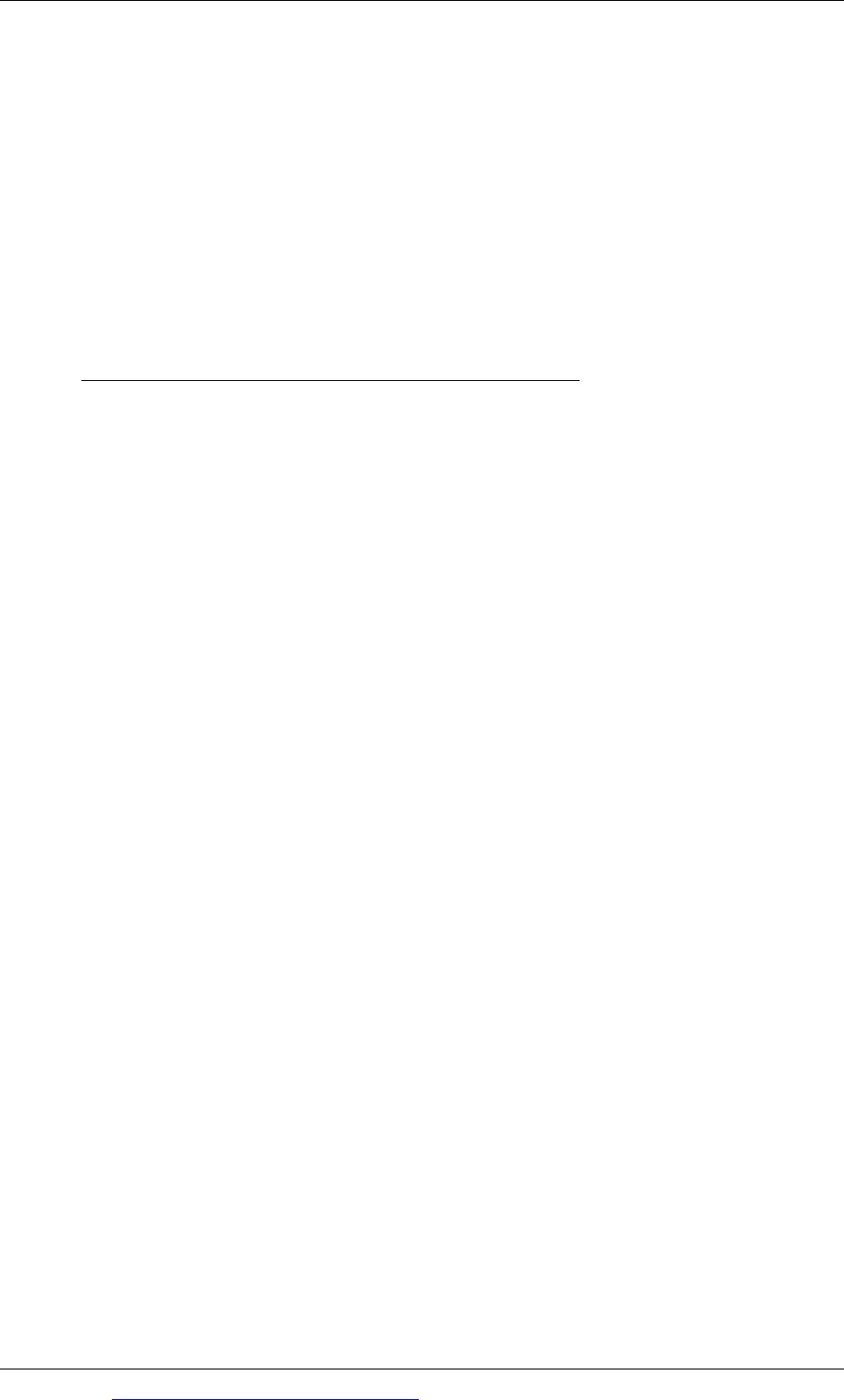
Paper F9: Financial management
466 Go to www.emilewoolfpublishing.com for Q/As, Notes & Study Guides © EWP
(iii) calculate the expected level of financial gearing as at 30
th
November
Year 7, assuming that dividend payments during the year are $0.30 per
share.
(b) Assess each of the three financing schemes under consideration from the
viewpoint of an existing equity shareholder in Brunel.
32 Free cash flow
A company expects to make profits before interest and tax next year of $3 million.
Other budgeted information is as follows:
$
Interestcharges 400,000
Taxation 600,000
Dividendpayments 1,200,000
Depreciationcharges 550,000
Increaseinworkingcapital 150,000
Capitalexpenditure:
Assetreplacementexpenditure 1,000,000
Discretionaryexpenditure 700,000
Required
Calculated the expected amount of free cash flow next year.
33 Valuation
A company has just paid an annual dividend of 38. The board of directors has a
target of increasing the share price to 800, and is considering policies for investment
and growth.
Shareholders expect a return on their investment of 10% per year.
Required
Calculate the annual expected growth rate in dividends that would be required to
raise the share price to 800. Use the dividend growth model to make your estimate.
34 Valuation of bonds
Assume that bond investors require a return of 9% per year on their investments.
Required
Estimate the market value of the following bonds:
(a) Irredeemable 7.5% bonds that pay interest annually.
(b) Bonds paying coupon interest of 6% per year annually, that are redeemable at
par in four years’ time.
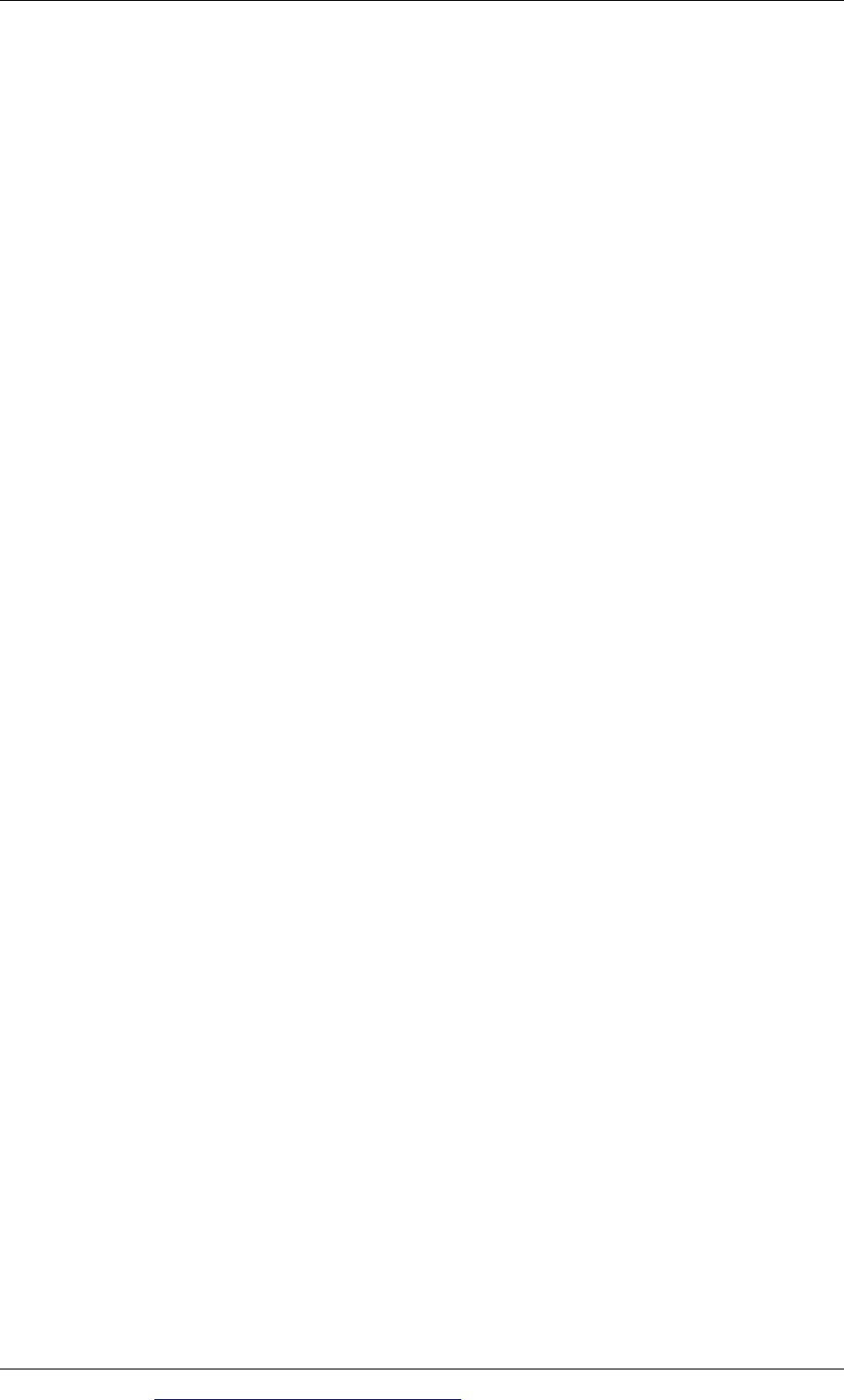
Practice questions
© EWP Go to www.emilewoolfpublishing.com for Q/As, Notes & Study Guides 467
(c) Bonds paying coupon interest of 10%, redeemable at par after three years,
where interest is payable every six months.
Notes:
An annual cost of capital of 9% is equal to a six-monthly cost of capital of
4.4%.
DCF factor at 4.4%, periods 1 – 7 = 5.914
DCF factor at 4.4%, periods 1 – 8 = 6.623
(d) A convertible bond with a coupon of 5% and interest payable annually: these
bonds are convertible after three years into equity shares at the rate of 20
shares for every $100 nominal value of bonds. The expected share price in
three years’ time is $7.
35 Annuities and bond prices
(a) Calculate the value of the following bonds:
(i) a zero coupon bond redeemable at par in ten years’ time
(ii) a bond with an 8% coupon, with interest payable half-yearly, and
redeemable at par after ten years.
Assume that the yield required by investors is 5%, and that this is 2.5%
each half year for the purpose of valuing the 8% coupon bond.
(b) Calculate the value of both bonds in part (a) of the question if the yield
required by investors goes up by 1%, to 6% for the zero coupon bond and 3%
each half year for the 8% coupon bond.
36 Efficient markets
A company’s board of directors makes a decision on 1
st
May to invest in a new
project that will have an NPV of + $4,000,000. The decision is announced to the stock
market on 12
th
May.
The company has 50 million shares in issue and at close of trading on 30
th
April
these had a market value of $4 each.
Required
State what would happen to the share price of the company if the stock market:
(a) has weak form efficiency
(b) has semi-strong form efficiency
(c) has strong-form efficiency.
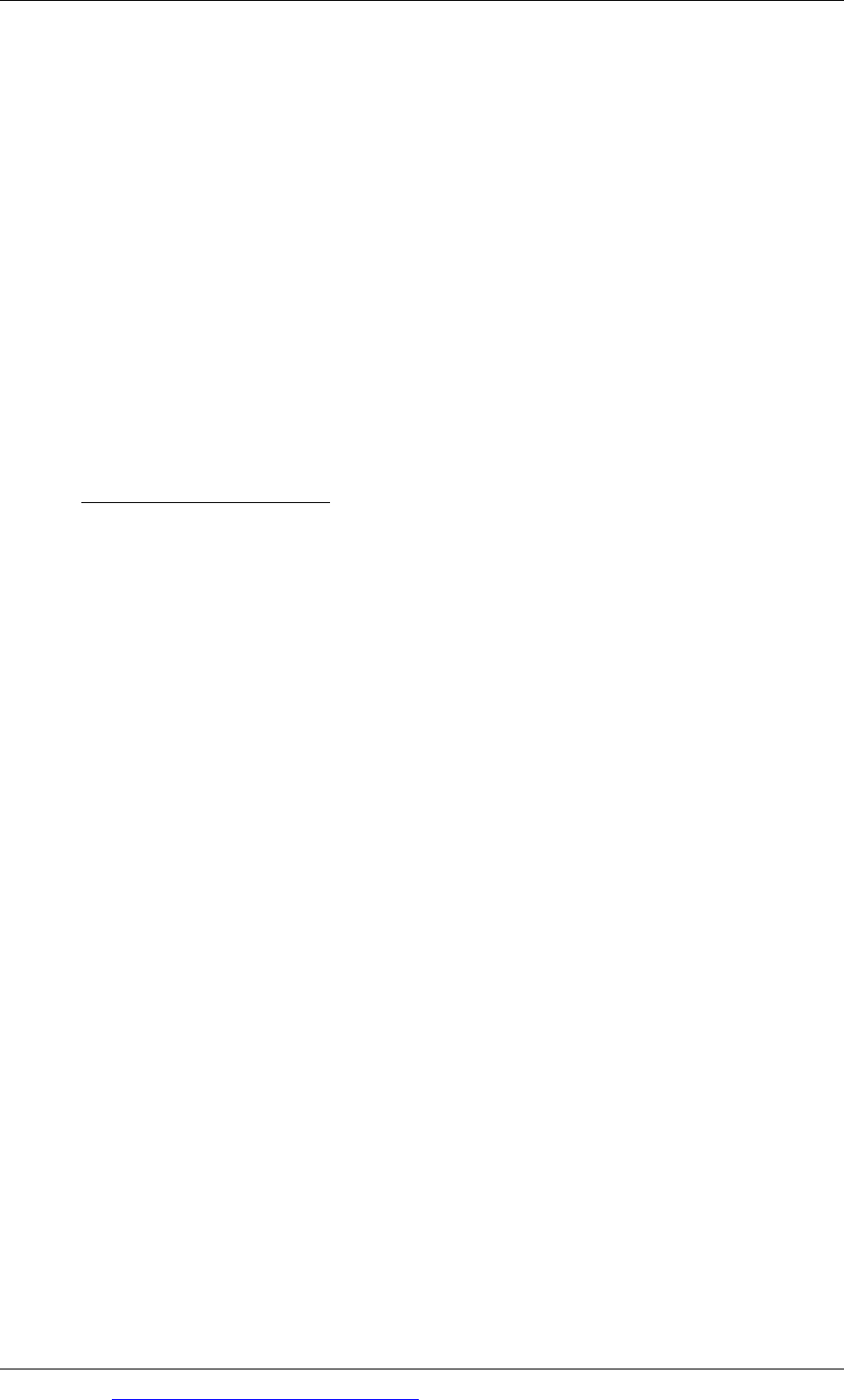
Paper F9: Financial management
468 Go to www.emilewoolfpublishing.com for Q/As, Notes & Study Guides © EWP
37 WACC
A company has just paid an annual dividend of $0.18. Investors expect the annual
dividend to grow by 3% each year in perpetuity, The current share price is $1.55 and
the total market value of the company’s shares is $1,200,000.
The company has debt capital on which the yield is 7.8% before tax. The rate of tax
is 30%. The total value of the company’s debt is $350,000.
Calculate the weighted average cost of capital. Use the dividend growth model to
estimate the cost of equity.
38 Optimal WACC
A company has estimated that its cost of debt capital varies according to the level of
gearing, as follows:
Gearing Costofdebt
%
20 5.0
30 5.4
40 5.8
50 6.5
60 7.2
Gearing is measured as the market value of the company’s debt as a proportion of
the total market value of its equity plus debt.
The rate of tax is 30%. The ungeared equity beta factor for the company is 0.90.
The risk-free rate of return is 4% and the return on the market portfolio is 9%
Required
Identify the optimal gearing level and WACC.
39 MM, gearing and company valuation
A company has 4,000,000 equity shares in issue. The shares have a current market
value of $10 each. The company is considering whether to issue $15,000,000 of debt
finance and use the cash to buy back and cancel some equity shares. The tax rate is
30%.
According to Modigliani and Miller, if the company decided to issue the debt
capital and repurchase shares, what would be:
(a) the total value of the geared company, and
(b) the value of equity in the company?
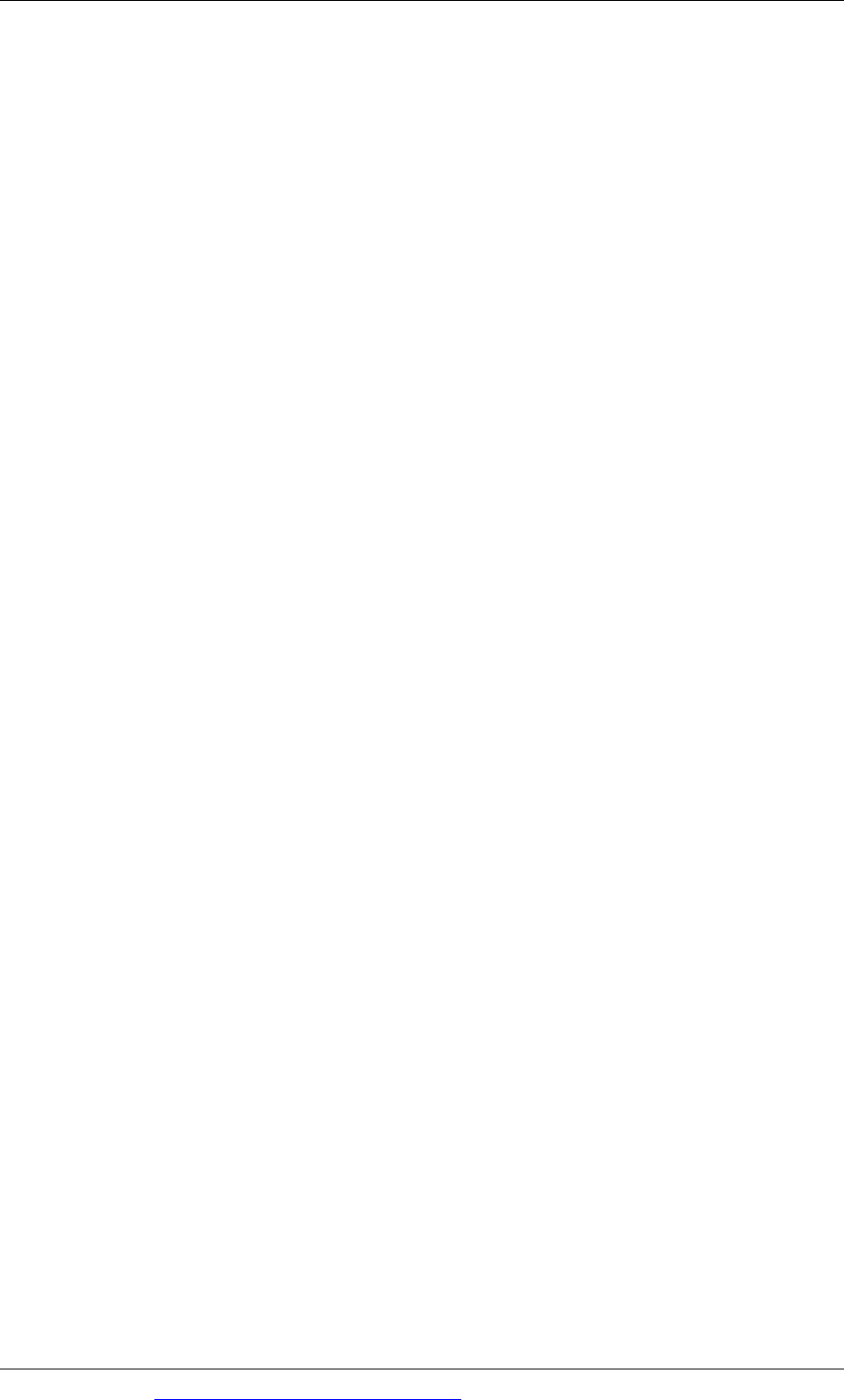
Practice questions
© EWP Go to www.emilewoolfpublishing.com for Q/As, Notes & Study Guides 469
40 Geared beta
A company has $1,500,000 in equity capital and $500,000 in debt capital (at market
values). The beta value of the equity is 1.126 and the beta of the debt capital is 0.
The risk-free cost of capital is 5% and the market portfolio return is 11%. The tax
rate is 30%.
Required
(a) Calculate the current weighted average cost of capital (WACC).
(b) Calculate the asset beta for the company and explain what this means.
(c) Calculate what the equity beta, the cost of equity and the WACC would be if
the company consisted of 60% equity and 40% debt.
41 Diversify
Bustra Company is engaged in plastics manufacture. It is now considering a new
investment that would involve diversification into chemicals manufacture, where
the business risk is very different from the plastics manufacturing industry.
Research has produced the following information about three companies currently
engaged in chemicals manufacturing, in the same part of the industry that Bustra is
planning to invest.
Company Equity beta Financed by:
A 2.66 40% equity capital, 60% debt capital
B 1.56 75% equity capital, 25% debt capital
C 1.45 80% equity capital, 20% debt capital
Bustra is financed by 60% equity capital and 40% debt capital, and would intend to
maintain this same capital structure if the new capital investment is undertaken.
The risk-free rate of return is 5% and the return on the market portfolio is 9%. Tax is
at the rate of 25%. You should assume that the debt capital of Bustra and Companies
A, B and C is risk-free.
Required
(a) Calculate a suitable cost of equity for the proposed investment by Bustra in
chemicals manufacturing.
(b) Suggest a weighted average cost of capital that should be used to carry out an
investment appraisal (NPV calculation) of the proposed project.
42 Acquisition
Big Entity is considering a takeover bid for Little Entity, another company in the
same industry. Little is expected to have earnings next year of $86,000.
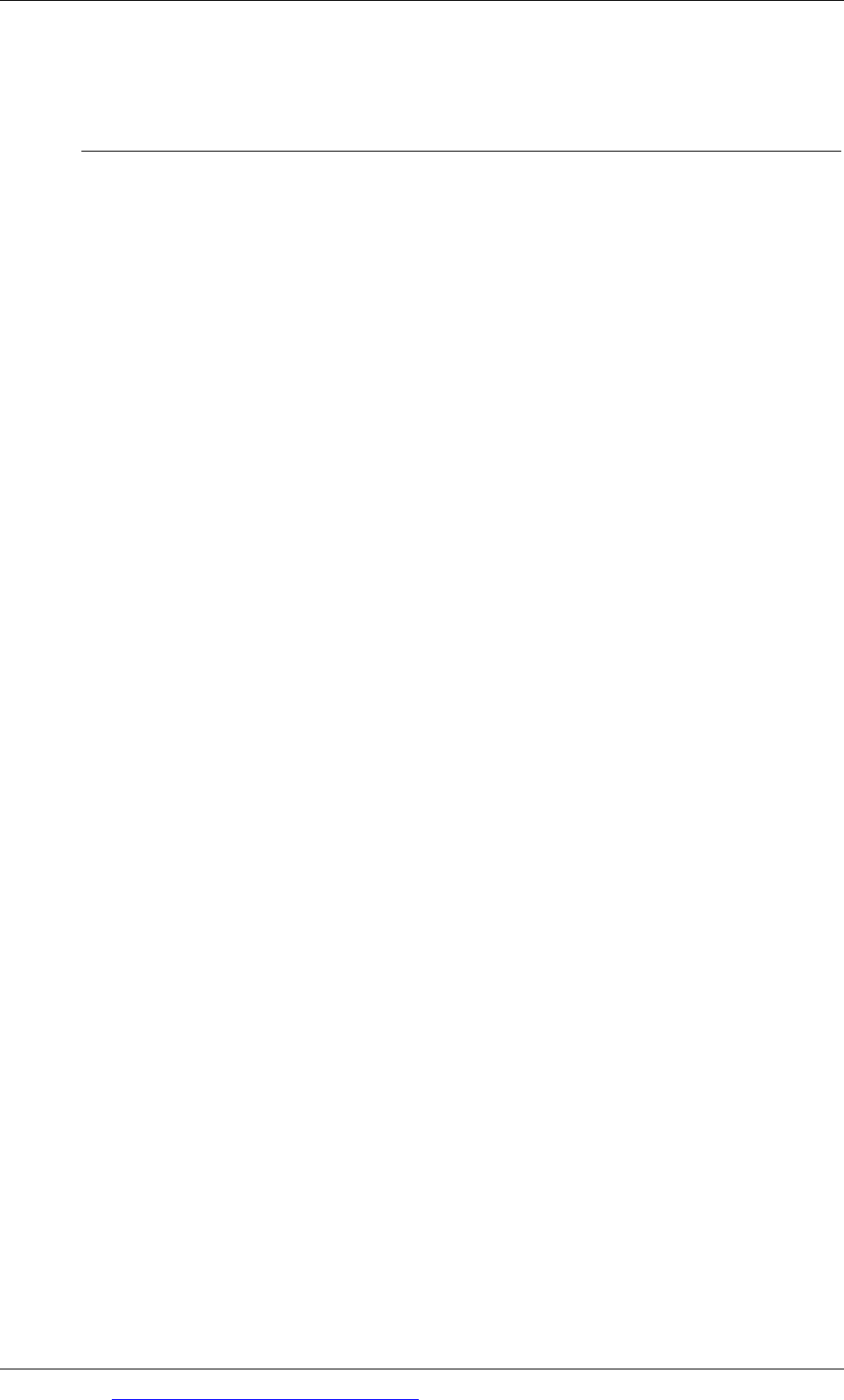
Paper F9: Financial management
470 Go to www.emilewoolfpublishing.com for Q/As, Notes & Study Guides © EWP
If Big acquires Little, the expected results from Little will be as follows:
Yearaftertheacquisition
Year1 Year2 Year3
$ $ $
Sales 200,000 280,000 320,000
Cashcosts/expenses 120,000 160,000 180,000
Capitalallowances 20,000 30,000 40,000
Interestcharges 10,000 10,000 10,000
Cashflowstoreplaceassetsandfinancegrowth 25,000 30,000 35,000
From Year 4 onwards, it is expected that the annual cash flows from Little will
increase by 4% each year in perpetuity.
Tax is payable at the rate of 30%, and the tax is paid in the same year as the profits
to which the tax relates.
If Big acquires Little, it estimates that its gearing after the acquisition will be 35%
(measured as the value of its debt capital as a proportion of its total equity plus
debt). Its cost of debt is 7.4% before tax. Big has an equity beta of 1.60.
The risk-free rate of return is 6% and the return on the market portfolio is 11%.
Required
(a) Suggest what the offer price for Little should be if Big chooses to value Little
on a forward P/E multiple of 8.0 times.
(b) Calculate a cost of capital for Big.
(c) Suggest what the offer price for Little might be using a DCF-based valuation.
43 Interest rate parity
The following are spot exchange rates.
US$/£1 (GBP/USD): 1.8000
€/£1 (GBP/EUR): 1.5000
US$/ €1 (EUR/USD): 1.2000
The rates of interest for the next three years are 2.5% on the euro, 3.5% on the US
dollar and 5% on sterling.
Required
If the interest rate parity theory applies, what will the spot exchange rates:
(a) after one year
(b) after three years?

Practice questions
© EWP Go to www.emilewoolfpublishing.com for Q/As, Notes & Study Guides 471
44 Foreign exchange
(a) A UK company expects to pay $750,000 to a supplier in three months’ time.
The following exchange rates are available for the dollar against sterling
(GBP/USD):
Spot 1.8570 – 1.8580
3 months forward 1.8535 – 1.8543
The company is concerned about a possible increase in the value of the dollar
during the next three months, and would like to hedge its FX risk.
Required
Explain how the exposure to currency risk might be hedged, and the amount
that the UK company will have to pay in sterling in three months’ time to
settle its liability.
(b) A German company expects to receive US$450,000 from a customer in two
months’ time. It is concerned about the risk of a fall in the value of the dollar
in the next two months, and would like to hedge the currency risk using a
forward contract.
The following rates are available for the dollar against the euro (EUR/USD):
Spot 1.3015 – 1.3025
2 months forward 25c – 18c premium
Required
Calculate the company’s income in euros from settlement of the forward
contract in two months’ time.
(c) A US company must pay £750,000 to a UK supplier in four months’ time. It is
concerned about the risk of a fall in the value of the dollar in the next two
months, and would like to hedge the currency risk using a forward contract.
The following rates are available for the dollar against sterling ($ per £1):
Spot 1.9820
±
0.002
4
months forward 1.9760
±
0.003
Required
Calculate the cost to the US company of hedging its currency exposure with a
forward contract.
45 Money market hedge
A UK company expects to receive $600,000 in six months’ time from a customer. It
intends to convert these dollars into sterling.
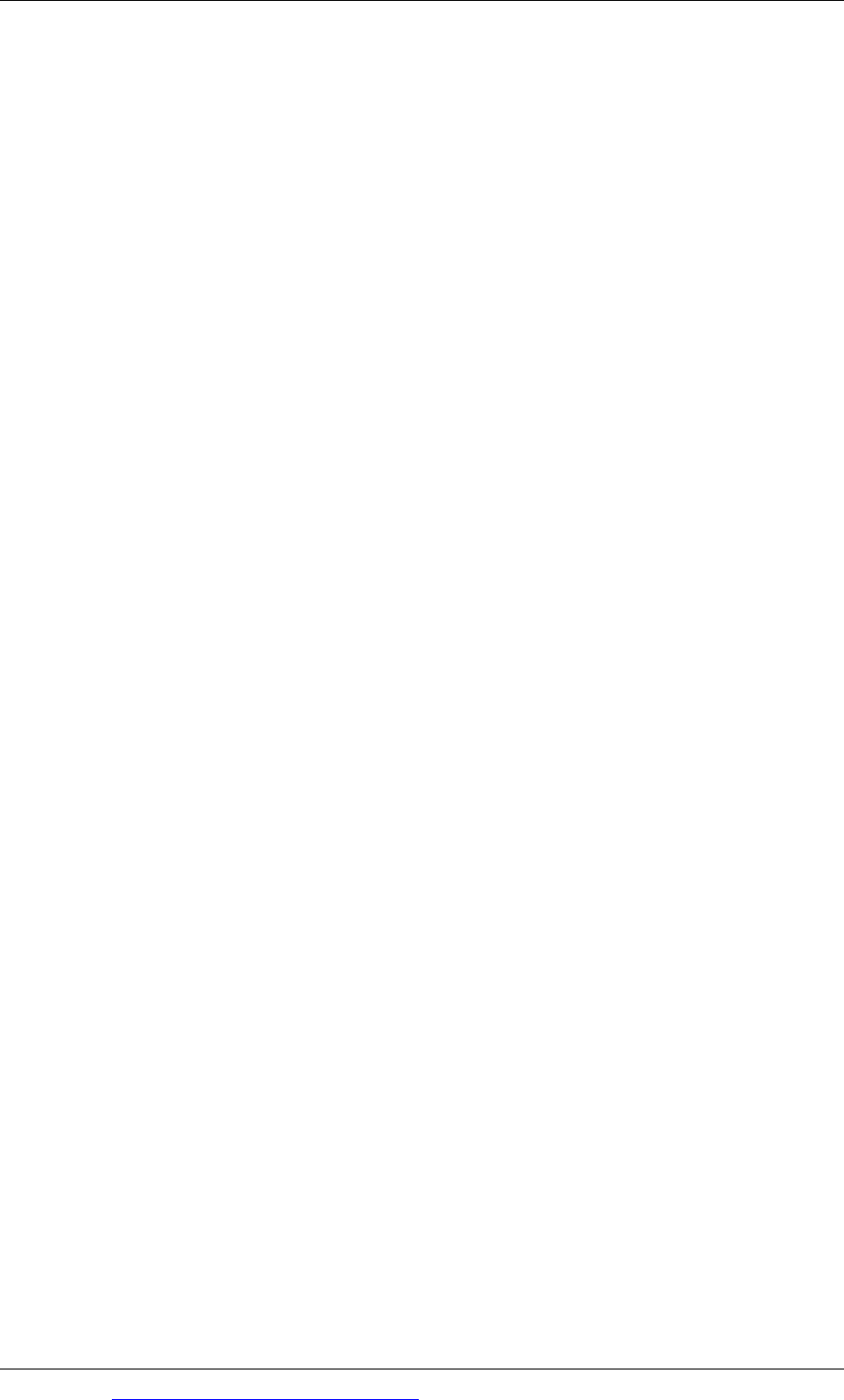
Paper F9: Financial management
472 Go to www.emilewoolfpublishing.com for Q/As, Notes & Study Guides © EWP
The current spot rate for the dollar against sterling (GBP/USD) is 1.8800. The six-
month interest rates are 5% per year for sterling and 3.5% per year for the US dollar.
Required
(a) Show how the company can create a money market hedge for its exposure to a
fall in the value of the dollar.
(b) Estimate what the exchange rate should be for a six-month forward contract,
GBP/USD.
46 Dunborgen
The treasurer of Dunborgen Company wants to hedge an exposure to currency risk.
Dunborgen is a company whose domestic currency is the euro, and the company
must make a payment of US$500,000 to a US supplier in six months’ time.
The following market rates are available:
Exchange rates: $ per €1
Spot
1.604 ± 0.002
6 months forward
1.570 ± 0.004
Six month interest rates Borrowing Deposits
Euro 4.8% 4.4%
US dollar 2.5% 2.0%
(These interest rates are expressed as an annual rate of interest.)
Required
Compare the cost of hedging the currency risk exposure with:
(a) a forward exchange contract
(b) a money market hedge.
Recommend which method of hedging would be preferable in this situation.
47 FRA
A company will need to borrow $5 million for six months in three months’ time. It
can borrow at LIBOR + 0.50%. It expects interest rates to rise before it borrows the
money, and so has decided to use an FRA to hedge the risk.
The following FRA rates are available:
2v5 3.82 – 3.77
3v6 3.85 – 3.80
3v9 3.97 – 3.91
6v9 3.92 – 3.87
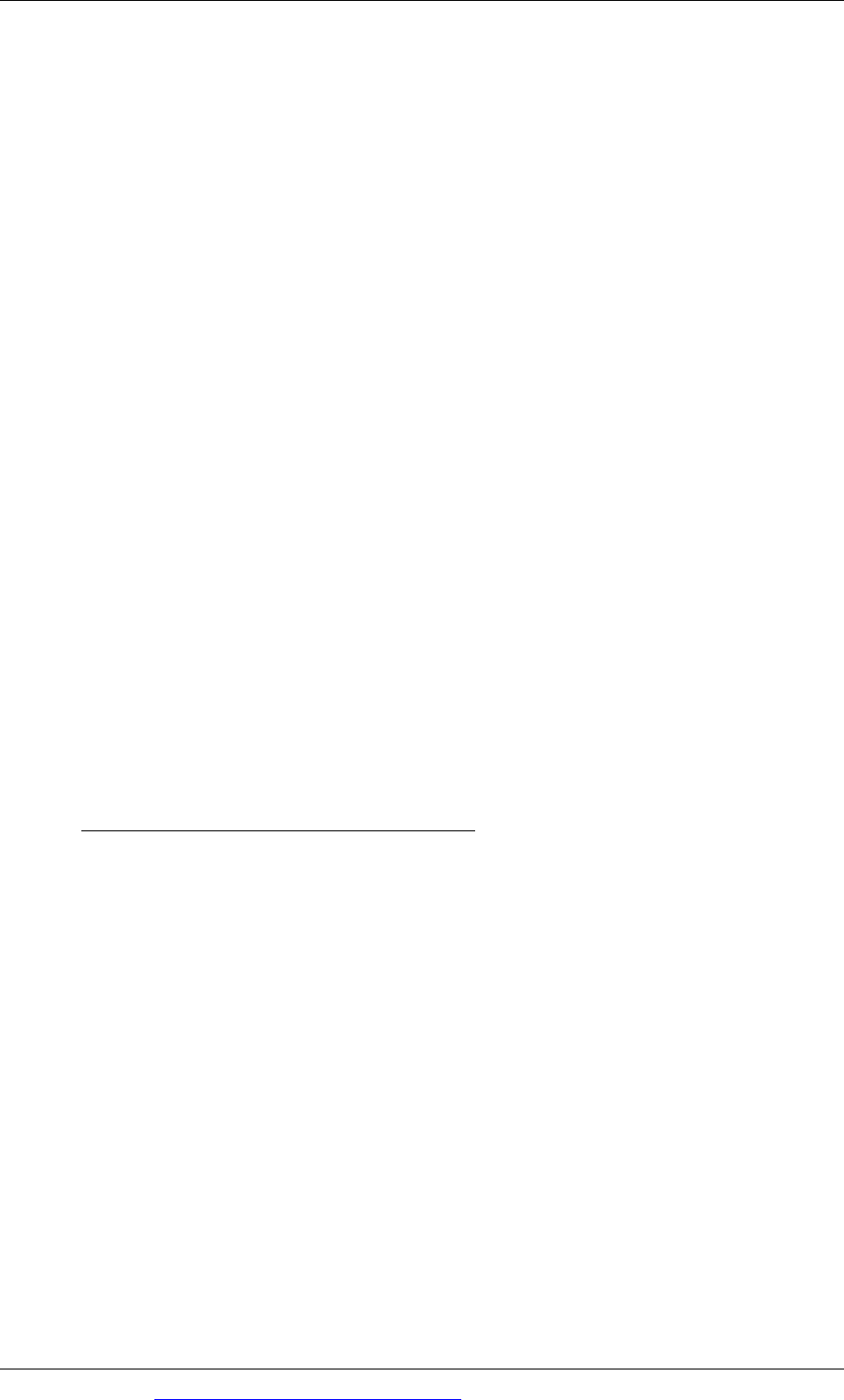
Practice questions
© EWP Go to www.emilewoolfpublishing.com for Q/As, Notes & Study Guides 473
Required
(a) How would the company use an FRA to hedge its interest rate risk, and what
effective interest rate would be obtained by the hedge.
(b) What is the difference between an FRA and an interest rate coupon swap?
48 Swap
A company has a bank loan of $8,000,000 on which it pays a floating rate of US
LIBOR plus 1.25%. The company believes that interest rates will soon increase and
remain high for the foreseeable future, and it would therefore like to switch its debt
liabilities from floating rate to fixed rate.
The loan has four years remaining to maturity. A bank has quoted the following
rates for four-year interest rate swaps in dollars:
5.20% - 5.25%
Required
Show how an interest rate swap can be used to switch from floating rate to fixed
rate liabilities, and calculate what the effective fixed rate would be.
49 Credit arbitrage
Entity A has an AA credit rating and Entity B has a BBB- credit rating. Both
companies want to raise the same amount of long-term debt capital. Entity A wants
to borrow at a floating rate of interest and Entity B wants to borrow at a fixed rate.
They are able to borrow at the following rates:
Fixed rate Floating rate
Entity A 6.35% LIBOR + 0.75%
Entity B 7.25% LIBOR + 1.25%
A bank has identified an opportunity to arrange interest rate swaps with the
companies. It would expect to receive a profit margin on the arrangement of 0.10%
of the notional principal amount in the swap. The remaining benefits of the credit
arbitrage should be shared equally between the two entities.
Required
Explain how the interest rate swaps might be arranged, and show the effective
interest rate that will be paid by each entity as a result of the swap.
50 Currency futures
The euro/US dollar currency future is a contract for €125,000. It is priced in US
dollars, and the tick size is $0.0001.
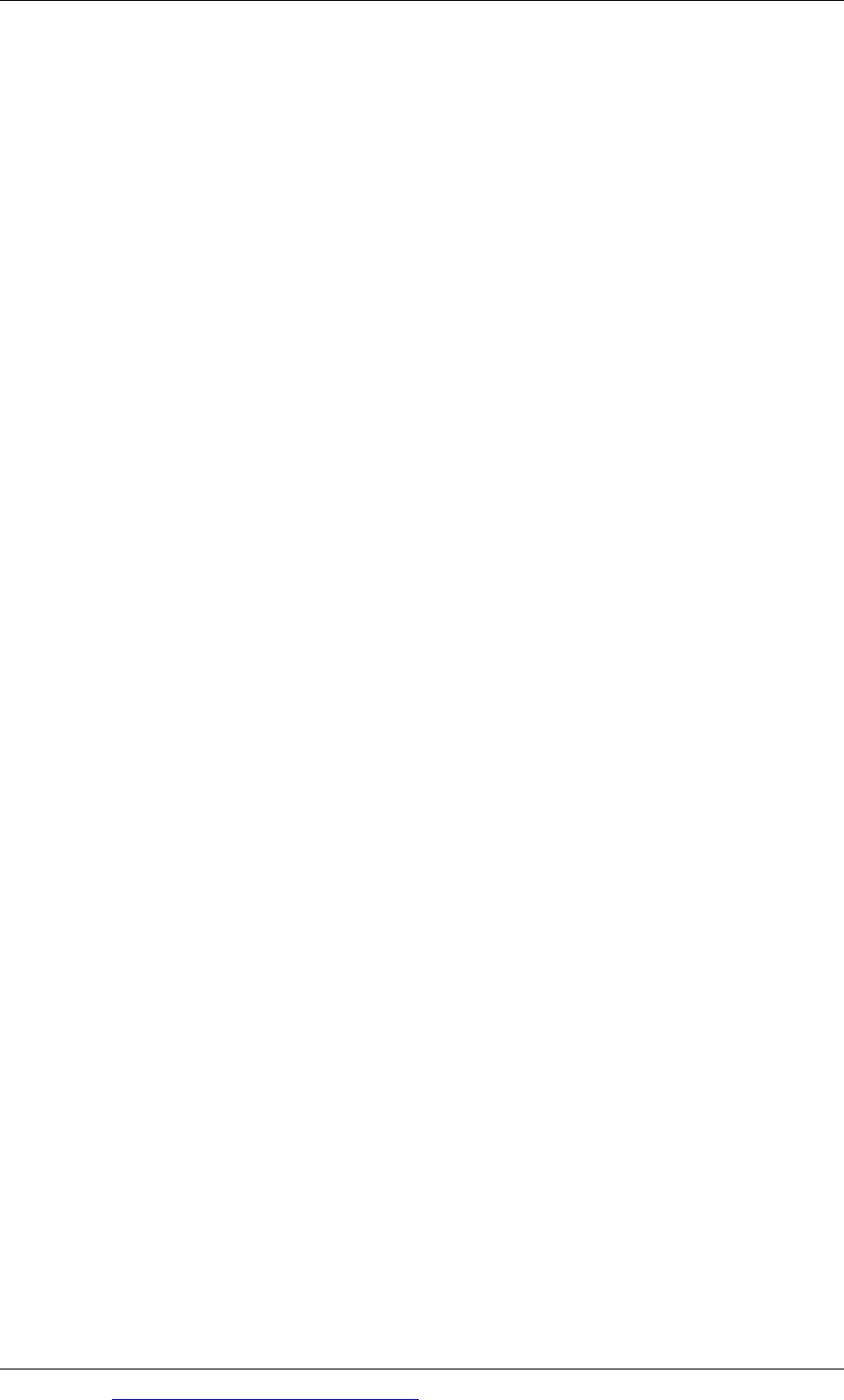
Paper F9: Financial management
474 Go to www.emilewoolfpublishing.com for Q/As, Notes & Study Guides © EWP
Currency futures are not normally used by companies to hedge currency risks.
However, assume that a French company intends to use currency futures to hedge
the following currency exposure.
It is now February. The French company has to make a payment of US$640,000 in
May to a supplier.
The price of June euro/US dollar futures is currently 1.2800.
The company is concerned that the value of the dollar will increase in the next few
months, and it therefore decides to use futures to hedge the exposure to currency
risk.
Required
(a) How should the company hedge its currency risk with futures?
(b) Suppose that in May when the company must make the payment in dollars,
the June futures price is 1.2690 and the spot rate (US$/€1) is 1.2710.
Show what will happen when the futures position is closed, and calculate the
effective exchange rate that the company has obtained for the US$640,000.
